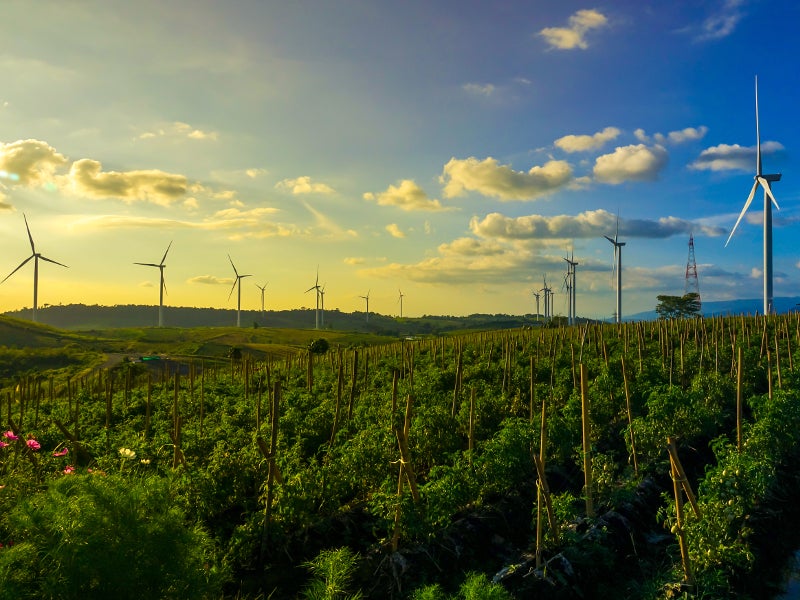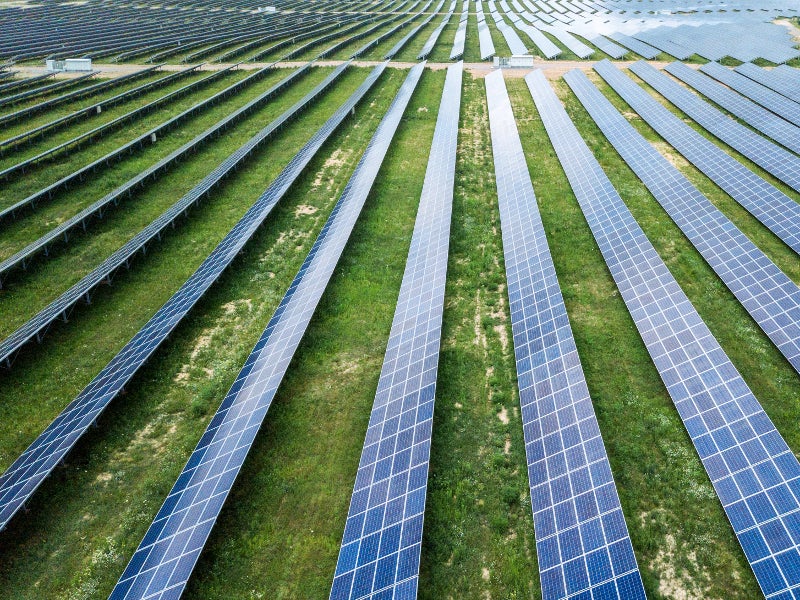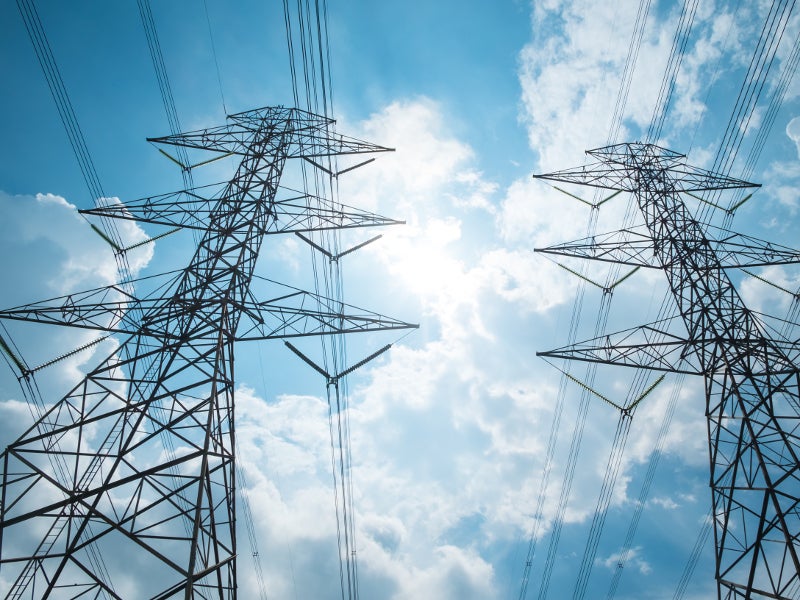Walcha energy project is a massive hybrid renewable power complex proposed to be developed around the town of Walcha, in the Northern Tablelands plateau, New South Wales, Australia.
The project will utilise a combination of wind, solar, and pumped hydropower generation facilities to produce up to 4GW of clean electricity, which is equivalent to approximately 15% of New South Wales’ total electricity demand.
Estimated to cost up to £3bn ($4bn), the Walcha renewable energy hub is being jointly developed by MirusWind and Energy Estate.
Construction on the phase one development comprising the 700MW Winterbourne wind farm is expected to be started in 2020, with commissioning expected in 2022. Vestas acquired majority stake in the Winterbourne wind farm in June 2019.
The Walcha energy project falls in line with the New South Wales Government’s zero emissions target by 2050. It is also a critical energy infrastructure project for the province, as major coal-fired power plants including Liddell and Bayswater are planned to be retired by 2030.
Walcha energy project components and site details
The wind component of the Walcha energy project will comprise multiple wind farms that will collectively produce up to 3.4GW. The first set of wind farms are planned to be developed in the Winterbourne and Moona areas to the north-east of Walcha.
The solar component of the project will be the proposed 600MW Sailsbury photovoltaic (PV) solar farm near Uralla.
The project also envisages a pumped storage hydroelectric project at the existing Dungowan dam to store and discharge up to 1GW of wind and solar power generated at the site.
The Walcha energy project site is located 55km south of Armidale in New South Wales. The location features good wind resources as well as flat-lying land suitable for utility-scale solar power development.
The site is also located close to the existing TransGrid transmission system to which it will be connected via a new Uralla 330kV substation.
Winterbourne and other wind farms at Walcha
The 700MW Winterbourne wind farm, the first stage of the wind component of the integrated Walcha energy project, will be developed at a site located 25km south-east, at Uralla.
Vestas will lead the project development and co-own the wind farm along with community stakeholders, while Walcha Energy will support Vestas with land allocation, community engagement, and grid connection strategy.
The next wind farm is proposed to be developed towards the west of Walcha with a similar operating capacity of 700MW.
The remaining 2.4GW of wind power is proposed to be developed towards the south of Walcha, in subsequent phases.
Sailsbury solar farm details
Walcha Energy completed a scoping study for the proposed 600MW Sailsbury solar farm in July 2019.
The PV solar project is proposed to be developed in two stages, namely Sailsbury West and Sailsbury East, on either side of the Uralla to Walcha road in Salisbury Plains.
The solar project will cover a total of 3,500ha within the Uralla Shire Local Government Area, and comprise approximately 2.3 million PV solar panels to be ground-mounted in a series of rows with up to 7m distance between each row.
A 100MW/150MWh battery energy storage system (BESS) has also been planned as part of the solar project.
Dungowan dam pumped hydro energy storage
Walcha Energy signed a memorandum of understanding (MoU) with the Tamworth Regional Council in November 2018 to initiate a feasibility study for a pumped hydro energy storage facility at the existing 6,400m³ Dungowan dam near Tamworth.
Operating at a gross head of 500m, the pumped storage project is expected to produce between 500MW and 1,000MW of stored power for up to six hours.
The Uralla transmission hub
The Uralla transmission hub proposed as part of the Walcha energy project will be developed in a 100ha-site adjacent to the TransGrid’s existing 330kV TL 85 Tamworth to Armidale single-circuit transmission line.
The bus system for the switchyard will be of breaker-and-a-half configuration to overcome the inadequacy of Armidale substation’s single bus-bar configuration.
The transmission infrastructure for the project also involves three overhead lines for a combined length of 34km.
Contractors involved
Arup, a multi-national professional services company based in London, has been engaged for the feasibility study of the Dungowan dam pumped hydro energy storage project.
Aurecon, an engineering and consulting company based in Australia, provided design for the Uralla transmission hub.
Vestas will provide turbines and lead the development of the Winterbourne wind farm.





